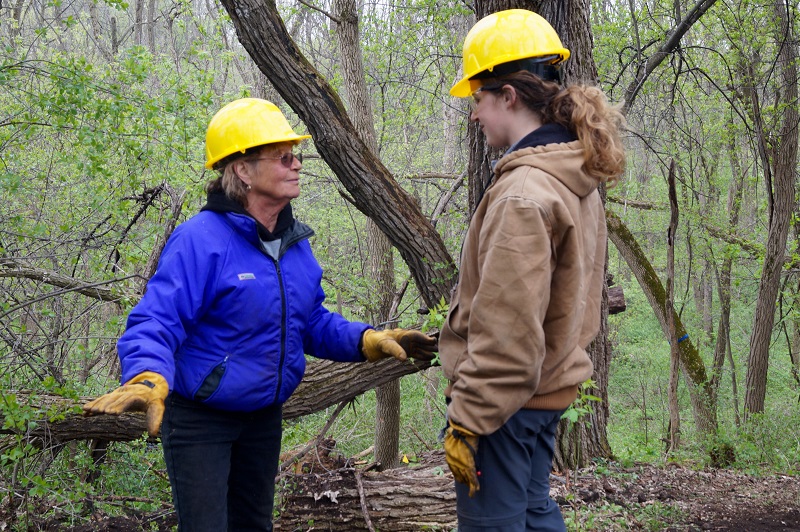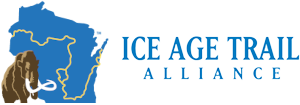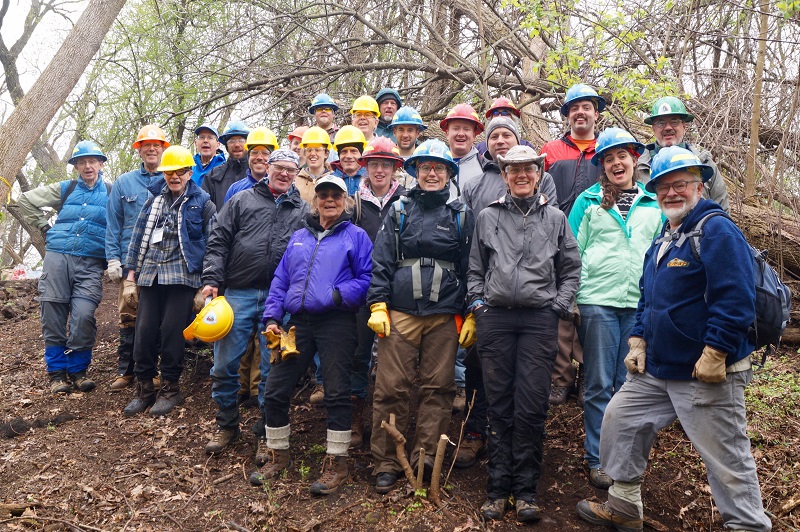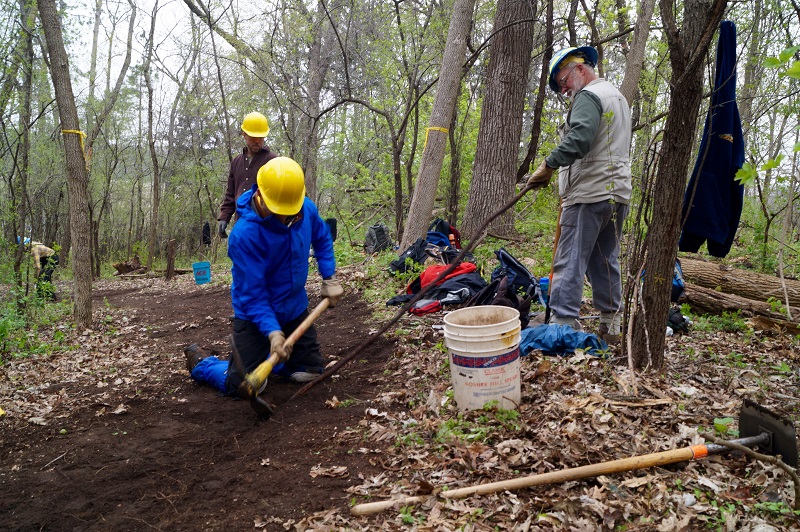Did you know a trail, as it winds through the woods or across a grassy field, has an “anatomy”?
The “body parts” of a trail include aspects like a corridor, the bench or tread, drainage features, structures, anchors, edges, and gateways, just to name a few.
This glossary of terms, along with the why and how of sustainable trail design, were the nuanced details of trail building learned by the most recent participants of the Ice Age Trail Alliance Crew Leadership and Skills training.
For the Ice Age Trail Alliance, the mantra “Trail Building is People Building” is at the core of its success in its trail building initiatives. It is no small feat to positively and safely guide fellow volunteers on and off-trail to create a world class hiking experience.
Trail building is tough, physical labor made all the more difficult if volunteers cannot work together as a team. Being a Crew Leader entails managing a small team of multi-generational people who bring a wide range of skills, experience, interest and physical stamina to the team as part of a larger effort.
This year’s class learned to identify their own approach to work and how it might differ from others on their team. Scenario-based learning asked these future crew leaders to consider, for example, how an assertive, decisive personality could appreciate and work with a fellow volunteer who moves more carefully and deliberately and needs more time for decision-making.

Multi-generational discussion as emerging leaders discuss the next step in a work plan.
Photo credit: D. Caliebe
Volunteer Crew Leaders are the front line of the Mobile Skills Crew program. Effective Crew Leaders must have a strong commitment to being part of a team effort, to building sustainable trail and gaining satisfaction out of helping others have a good time while doing quality work.
Through rigorous training, high expectations, collaboration and a heavy dose of flat out fun, 22 new Crew Leader recruits took the first step to becoming ‘certified’. Next up; gaining real-life field experience leading crews with a mentor and completing a Chainsaw Safety course, before earning the coveted “MSC Crew Leader” hat.
Special thanks to Pete Englund, Al Sulzer and Jerry Sazama for generously and knowledgeably sharing their time, talent and “Trail Eyes” to this effort; and to Camp Rotamer for discounting facility fees.
Special recognition and appreciation to Tim Malzhan, Director of Trail Operations and Dave Caliebe, Trail Program Specialist in capably demonstrating first-hand, through their team-first attitudes, planning, and organization, the skills needed for advanced trail construction and volunteer leadership.


